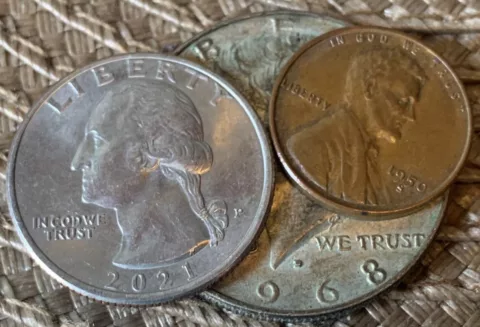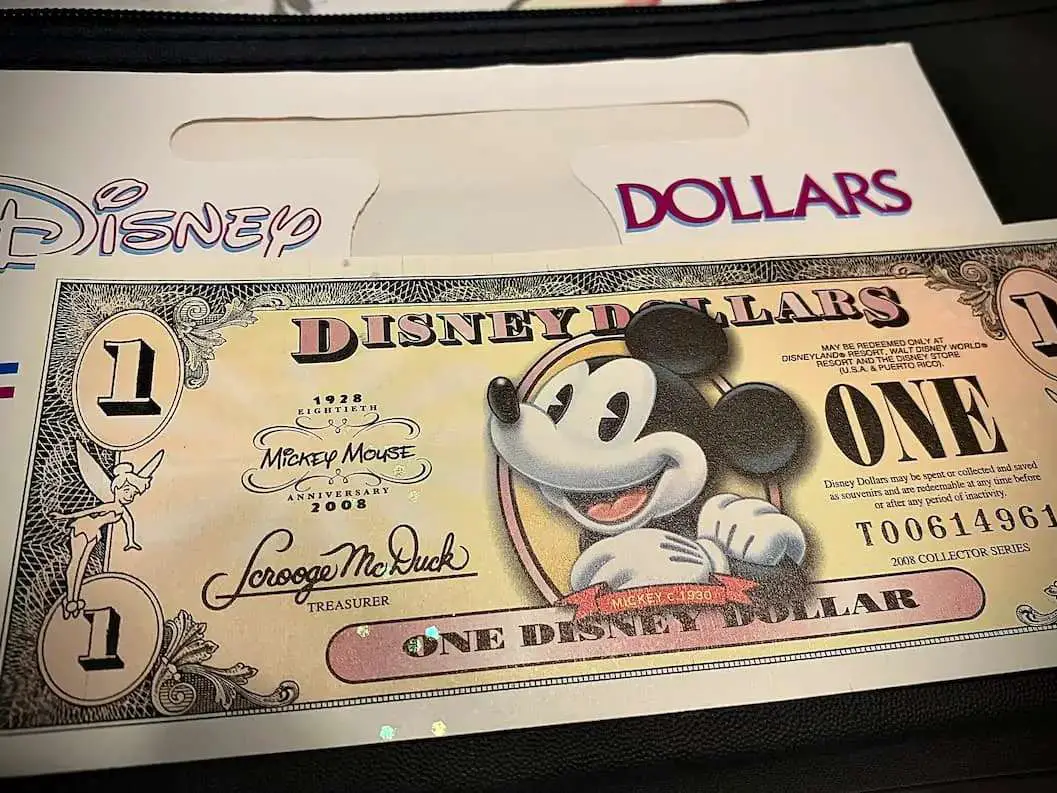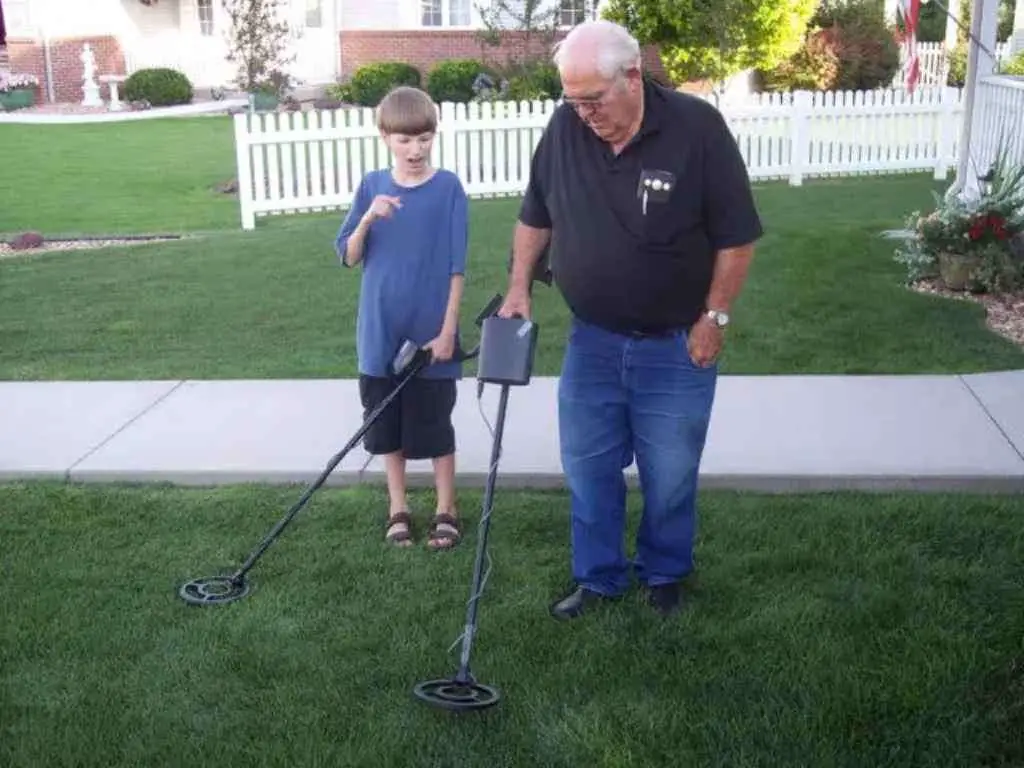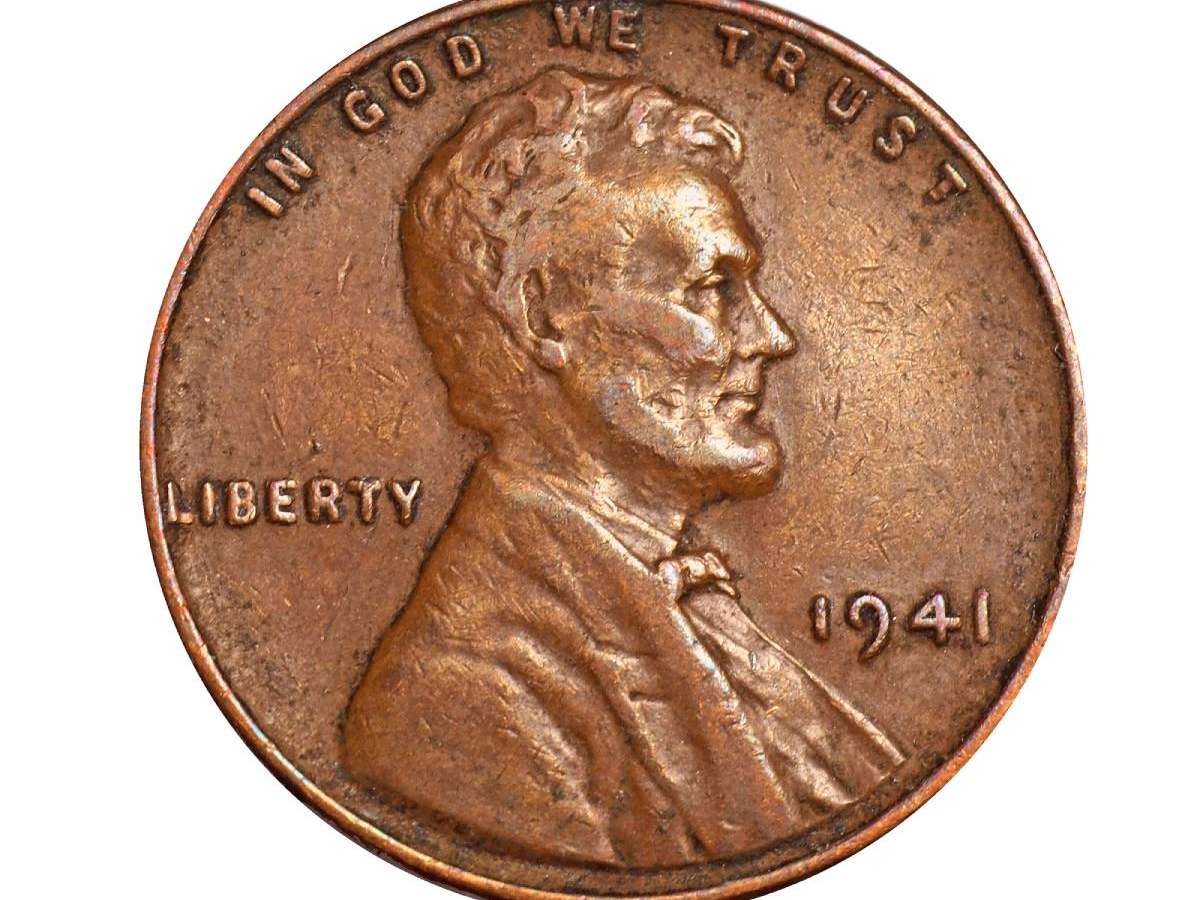
Many collectors want to know what mintmarks on coins are rare.
This is a great question — because some mintmarks on pennies, quarters, silver dollars, and other coins may be very rare, regardless of the date!
In this article, you will learn about the rarest mintmarks on U.S. coins and what those coins tend to be worth.
What Are Mint Marks?
Before we go into a deep dive about the rarest mintmarks on coins, let’s first cover what these coin mint letter stamps are and why they’re there.
A mintmark is like a calling card that tells which U.S. mint facility struck the coin.
Mintmarks on United States coins usually consist of just one small letter.
However, like everything else in life, there are some exceptions:
- Sometimes a mint mark incorporates two letters.
- And sometimes they aren’t so small.
- Some U.S. coins have no mint mark at all.
Interestingly, the absence of a mintmark tells us exactly where a coin was struck in the same way that the presence of one does!
Let’s clarify all of this…
The History Of U.S. Mintmarks On Coins
In the beginning, there was the Philadelphia Mint, which was established in 1792, began striking mass-circulation coins in 1793, and was the United States Mint.
There were no other federal mints in the United States yet — just the one in Philly.
In 1838, as the nation was growing in population and geography, more U.S. Mint facilities were brought online. These branch mints (beyond Philadelphia) began to produce U.S. coins with mintmarks — to indicate where the coins were made.
However, the Philadelphia Mint was considered the “mother mint,” and thus it didn’t need a mintmark. It was assumed that all coins with no mint letter stamp were from Philadelphia.
This changed in 1942, when the “P” mintmark was used for the first time on U.S. coins made at the Philadelphia Mint.
Again, there are exceptions to the no-mintmark rule. These include:
- A period from 1965 through 1967 when no mintmark was used on any U.S. coins
- The many millions of pennies and quarters the West Point Mint struck in the 1970s and ’80s with no mintmark
Over time, 8 different United States Mint facilities were in operation — producing coins with the following mintmarks:
- Philadelphia, Pennsylvania – 1793-Present, “P” mintmark
- Charlotte, North Carolina – 1838-1861 (gold coins only), “C” mintmark
- Dahlonega, Georgia – 1838-1861 (gold coins only), “D” mintmark
- New Orleans, Louisiana – 1838-1861; 1879-1909 (silver and gold coins only), “O” mintmark
- San Francisco, California – 1854-Present, “S” mintmark
- Carson City, Nevada – 1870-1893 (silver and gold coins only)
- Denver, Colorado – 1906-Present
- West Point, New York – 1984-Present (began producing coins in 1974 with no mintmark), “W” mintmark
With 8 possible mintmarks, there must be at least one that’s rare, right?
Well, actually, coin collectors consider at least 3 U.S. mintmarks to be inherently scarce.
Here’s why…
Current U.S. Mint Facilities (…Are Any Of Their Mint Marks Rare?)
As we see above, there are 4 U.S. Mint facilities that are currently active:
- Philadelphia Mint
- Denver Mint
- San Francisco Mint
- West Point Mint
While there are individual coins from these mints that are considered highly rare, coins produced in these mints are not categorically rare.
There are billions of coins from each of the Philadelphia, Denver, and San Francisco Mints — and hundreds of millions from the West Point Mint.
Are “S” coins from the San Francisco Mint rare?
Many people think that all U.S. coins with the “S” mint letter stamp are rare.
For example, many know about these rare coins:
So, certainly the “S” coins are rare and valuable, right?
Well, not really…
Yes, there are some big-time rare “S” coins out there, as we just saw. But, categorically, San Francisco coins with the “S” mint letter stamp are not rare. There are billions of “S” coins out there.
So, why do so many people think all coins with the “S” are rare and valuable?
This is partly because coins with the “S” mintmark are infrequently encountered in pocket change these days.
Why not?
Because “S” coins are released into circulation on the West coast — and those coins tend to spend most of their lives circulating primarily in the west.
Even in the old days… when the San Francisco Mint was striking millions of coins each year with the “S” mintmark, “S” coins were not often encountered by collectors on the East coast or in the Midwest. Since people didn’t travel as much as they do today, relatively few of those “S” coins ended up making their way (or being spent) in the eastern two-thirds of the country, where most of the population lives!
The same is true today. U.S. Mint facilities generally strike coins that are originally distributed in their geographical region of the country.
Today, the San Francisco Mint primarily strikes proof coins — which are not released into general circulation. These are usually made by the hundreds of thousands (or millions) in any given year, and they are sold in sealed packages to collectors.
Former U.S. Mint Facilities (…Are Any Of Their Mint Marks Rare?)
This leaves us with the 4 U.S. Mint facilities that are no longer operating:
- Charlotte Mint
- Dahlonega Mint
- New Orleans Mint
- Carson City Mint
What about their coins? Are they categorically rare?
This is where some confusion about the rarest mintmark comes into play…
Let’s first consider the New Orleans Mint, which was in operation from 1838 through 1861, then was producing coinage again from 1879 through 1909.
New Orleans coins, though now at least 110+ years old, actually are not categorically rare.
Yes, many issues are very scarce, and some are quite rare. But it’s not accurate to suggest that all New Orleans coins are rare. They really aren’t. Even if you don’t seem to find many in your pocket change these days, there are collectively still millions in existence in collections and in hoards.
That leaves us with 3 other historic U.S. Mint branch locations… The Carson City, Charlotte, and Dahlonega Mints.
If you’re looking for mintmarks that could be categorically classified as rare, the Carson City Mint, Charlotte Mint, and Dahlonega Mint are all considered at least scarce — no matter the issue.
That means all coins with the Charlotte, Dahlonega, or Carson City mintmarks are rare, to some extent, regardless of the date, denomination, or coin.
Why are the “C,” “CC,” and “D” (for Dahlonega, not Denver) mintmarks so rare?
First, you have to consider that the mintages of coins from these mints are all pretty low — especially in comparison to the overall mintages of coins from other mints.
Yes, Carson City Mint coins are rare…
Even though the Carson City Mint did produce some issues to the tune of millions, like these coins:
- 1876-CC Liberty Seated quarter (4,944,000 made)
- 1875-CC Trade dollar (1,573,700 struck)
- 1890-CC Morgan dollar (2,309,041 produced)
Many (if not most) of these coins were melted over the years, leaving behind relatively few survivors!
Most “CC” coins are rare and valuable today — and they are in high demand among collectors.
…But Charlotte Mint and Dahlonega Mint coins are even more rare!
Yes, it seems that almost everyone loves “CC” mint coins. And “CC” silver dollars are especially valuable and collectible!
But the rarest mintmarks on coins are the Charlotte (C) and Dahlonega (D) gold coins.
Most “C” and “D” gold coins saw mintages only in the 4 or 5 figures, and very few of these coins survive today.
Pretty much any “C” mint gold coin or “D” mint gold coin made from 1838 through 1861 is a rare coin — regardless of the date, denomination, or condition.
I’m the Coin Editor here at TheFunTimesGuide. My love for coins began when I was 11 years old. I primarily collect and study U.S. coins produced during the 20th century.
I’m a member of the American Numismatic Association (ANA) and the Numismatic Literary Guild (NLG) and have won multiple awards from the NLG for my work as a coin journalist. I’m also the editor at the Florida United Numismatists Club (FUN Topics magazine), and author of Images of America: The United States Mint in Philadelphia (a book that explores the colorful history of the Philadelphia Mint). I’ve contributed hundreds of articles for various coin publications including COINage, The Numismatist, Numismatic News, Coin Dealer Newsletter, Coin Values, and CoinWeek.
I’ve authored nearly 1,000 articles here at The Fun Times Guide to Coins (many of them with over 50K shares), and I welcome your coin questions in the comments below!





